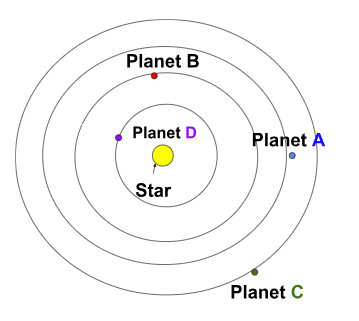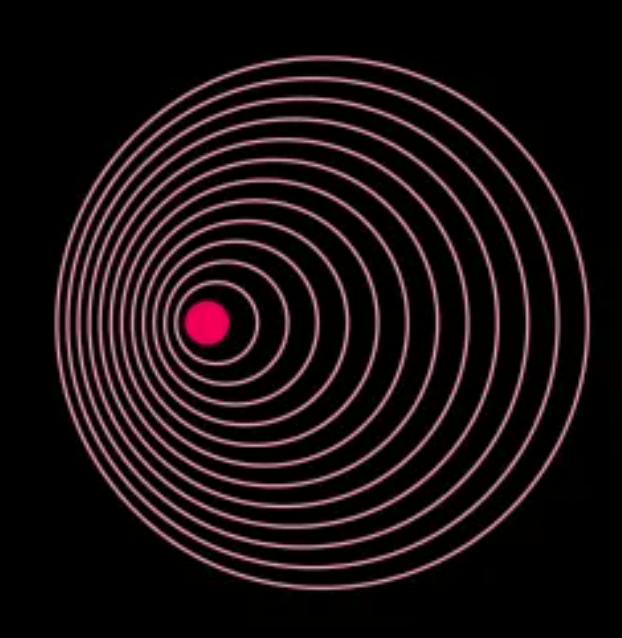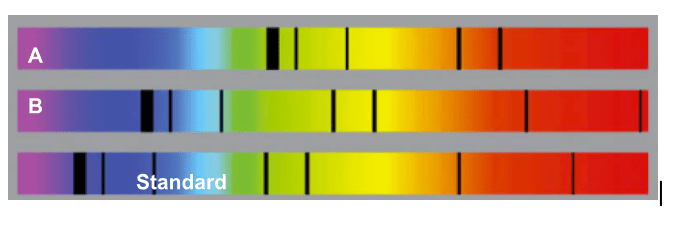This is the third rock from the Sun
This is the object with the greatest gravitational pull in our solar system
The Sun!
Orbits tend to be this shape
A star fuses this element to create another element (name both elements)
Hydrogen (H) and Helium (He)
The universe is currently....
Expanding
What is the "habitable zone"?
The area not too close or far from a star where a planet can have liquid water and support life
These two variables result in a stronger gravitational force
larger mass and shorter distance
This is an object that orbits a planet. For example, a Moon.
What is a satellite?
These are the life cycle stages of low mass star in order
Nebula - Protostar - Main Sequence - Red Giant - White Dwarf - Black Dwarf
The universe was once a dense, hot, bright point. This is why we no longer see that bright light.
The waves have stretched past the visible spectrum - it is now microwave radiation instead of visible light
This planet orbits the star the slowest.
Planet C
This is a measure of how much matter an object contains (is made of)
What is mass?
All objects in the solar system orbit in this direction
What is counter-clockwise?
These two forces keep a main sequence star stable
Fusion and Gravity
An object moving towards you is in blue-shift. Explain why.
The light waves are compressed - (shorter wavelength/higher frequency) which makes them appear blue
How can you tell which direction the dot is moving?

Left - it is compressing the waves as it moves into them
The gravitational force exerted on an object
What is weight?
Planet X takes 36 days to orbit its star, Planet Z takes 33 days. At its farthest point, this planet is furthest from the star
What is Planet X?
Why don't high mass stars 'live' as long as low mass stars?
They 'burn' through fuel too quickly. Too much gravity/pressure
This galaxy is moving away from you the fastest (Explain how you know)
A - the most amount of red-shift
Does Earth or Venus experience a weaker gravitational pull from the Sun? Why?
Earth - it's further away
Draw and label what would happen to a planet orbiting a star if the star suddenly disappeared.
planet must leave orbit in a straight line following it's original trajectory
Planet A is 5 million miles from it's star, and Planet B is 6 million miles away from the same star. Which planet has a longer orbital period? Why?
Panet B - it's further away
What is the solar cycle?
Flipping of the sun's poles every 11 years.
One piece of evidence for the Big Bang - You MUST accurately explain how your evidence supports the theory
Galaxies in Red Shift
OR
Background Radiation
OR
Percent Composition